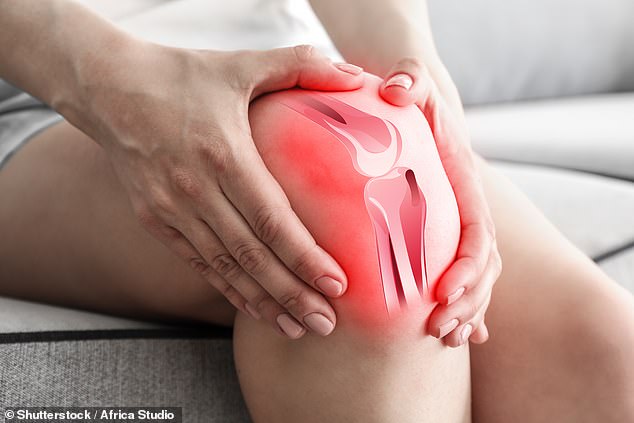A physiotherapist has revealed the worrying reason why your knees creak and the exact symptom that means you should see a doctor.
Researchers at La Trobe University in Australia found that nearly 13 million people across the country suffer from creaky knees.
Squeaky knees, also known as knee crepitus, is the audible cracking or grinding sound during knee movement.
Graduate researcher and physiotherapist Jamon Couch said: “One of the most worrying discoveries we made was that people with knee crepitus were more than three times more likely to be diagnosed with osteoarthritis.”
“They are also twice as likely to have osteoarthritis-related knee joint changes on magnetic resonance imaging (MRI) scans.”
He recommendations were published this week in the British Journal of Sports Medicine.
Osteoarthritis is a common condition that causes joint pain, stiffness, and reduced movement, for which there is no cure.
The degenerative disease causes the joint tissues to break down over time.
Squeaky knees, also known as knee crepitus, is the audible cracking or grinding sound during knee movement.
You should visit a doctor if your squeaky knees are accompanied by pain or swelling.
Knee crepitus has countless causes, some of which are harmless.
The cracking could be the result of arthritis, injury, ligament movement, or gas bubbles in the joint fluid.
Couch added that people with creaky knees often worry that there are serious underlying health problems, but that’s not true unless they also experience pain.
“Although the long-term consequences of knee crepitus are being investigated, in general people should not worry about noise in their knees and should be encouraged to continue exercising,” he said.
“If it’s not painful, it probably won’t cause any harm.”
How can I prevent osteoarthritis?
Osteoarthritis can affect any joint in the body, but primarily occurs in the knees, hips, hands, feet, and spine.
While there is no sure way to prevent it, you can do several things to reduce the risk.
Healthdirect Australia recommends avoiding joint injuries or overuse and enrolling in a sports injury prevention program if you are at risk.
You can also prevent joint disease by maintaining a healthy weight by watching your diet and exercising regularly.

